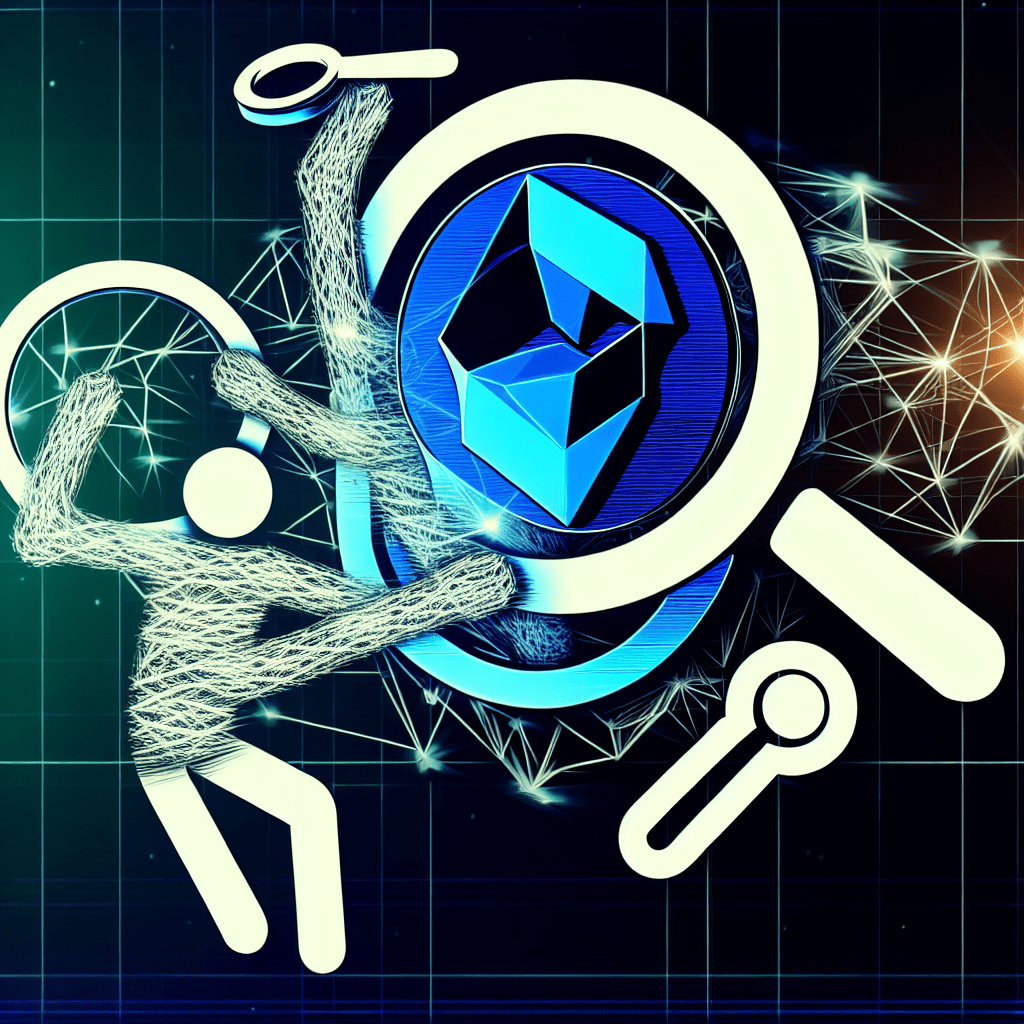Vitalik Buterin, co-founder of Ethereum, asserts that stable, low-risk decentralized finance protocols can serve as an economic backbone for the blockchain network, much like Google Search has supported Google over the years.
In a blog post dated Sept. 20, Buterin described low-risk DeFi as applications encompassing payments, savings tools, synthetic assets, and fully collateralized lending.
What is Low-Risk DeFi?
Sponsored
These protocols, he explained, generate irreplaceable value for both users and the network itself. Unlike speculative yield farming or meme-driven trading, they are aligned with Ethereum’s technical properties and the community’s long-term objectives.
He believes these low-risk DeFi protocols now act as a reliable foundation for the blockchain ecosystem, ensuring Ethereum’s economic resilience while allowing other projects to escape the pressure of revenue generation.
“Ethereum has decentralization baked in at a much deeper technical and social layer, and I would argue that the low-risk defi use case creates a lot of alignment between ‘doing well’ and ‘being good,’ to a degree that does not exist for advertisement,” he noted.
Buterin confessed he was initially doubtful about DeFi due to its early focus on speculative tokens, liquidity mining, and unsustainable yields.
The environment, partially shaped by regulatory constraints, pushed developers toward projects that seemed “safe” while lacking genuine substance.
Sponsored
In his opinion, agencies like the US SEC, under Gary Gensler, fostered damaging incentives by penalizing transparent projects while overlooking speculative activities.
“Gary Gensler and others deserve serious blame for creating a regulatory environment where the more useless your application is, the safer you are, and the more transparently you act and the more clear guarantees you offer to investors, the more likely you are to be deemed ‘a security’,” Buterin wrote.
Furthermore, the Ethereum co-founder suggested that high technical risks have also influenced DeFi’s formative years.
He noted that issues like code vulnerabilities, oracle failures, and unknown systemic weaknesses meant that only projects promising substantial returns were able to justify the risk.

Sponsored
As a consequence, speculation and unsustainable incentives occupied the foreground. However, over time, protocol design improved, security strengthened, and risks transitioned toward the experimental boundaries of the ecosystem.
How This Could Lead to New Innovations on Ethereum
While acknowledging that hacks and compromises still happen, Buterin contended that traditional finance now presents risks comparable to or even greater than those in DeFi.
“Tail risks that cannot be ruled out continue to exist, but such tail risks exist in tradfi too – and given increasing global political instability, for many people worldwide the tail risks of tradfi are now greater than the tail risks of defi,” Buterin said.
Sponsored
Given these considerations, Buterin claimed that low-risk DeFi not only bolsters Ethereum’s economy but also spurs new innovations.
He pointed to opportunities like reputation-based undercollateralized lending and prediction markets for hedging. He also mentioned the future emergence of “flatcoins” linked to inflation indexes or consumer baskets instead of the US dollar.
However, he stressed that Ethereum lacks a “magic formula” for generating yields that surpass those found in global markets.
Instead, its strength lies in offering permissionless access to existing economic opportunities, particularly in regions where traditional finance falls short. This accessibility, he argued, renders DeFi an honorable and practical catalyst for adoption.
“Low-risk defi is already supporting the Ethereum economy, it is making the world a better place even today, and it is synergistic with many of the more experimental applications that people on Ethereum are building,” he concluded.

